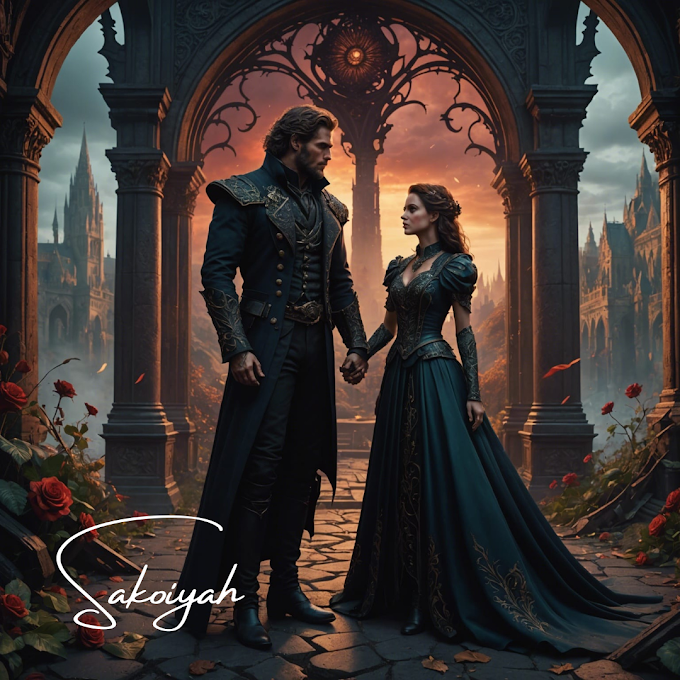1. The Opening Image
The "Save the Cat!" method starts with the Opening Image, setting the tone and introducing readers to the protagonist's world. This snapshot offers a glimpse into the protagonist's daily life before significant changes occur.
- Consider
how the Opening Image reflects your protagonist's ordinary world.
- Craft
an engaging scene that establishes the protagonist's current status quo.
2. The Theme Stated
Next, the Theme Stated phase introduces the story's central theme or message. This is often delivered through dialogue or a situation that challenges the protagonist's beliefs.
- Identify
the core theme you want to explore in your story.
- Introduce
the theme subtly through character interactions or internal reflections.
3. The Catalyst
The Catalyst is the moment that propels the protagonist into the central conflict. The inciting incident disrupts their ordinary life and forces them to react.
- Determine
the event that will shake up your protagonist's world.
- Craft
a compelling catalyst that sparks the protagonist's journey.
4. The Debate
After the Catalyst, the protagonist enters the Debate phase, where they grapple with the consequences of the inciting incident. They often wrestle with doubts, fears, and conflicting desires.
- Explore
the internal struggle your protagonist faces in response to the Catalyst.
- Develop
situations or conversations that showcase the protagonist's internal
conflict.
5. The Break into Two
The protagonist consciously enters the story's central conflict in the Break into Two. This decision launches them into a new world, pushing them to leave their comfort zone.
- Decide
on the protagonist's decision that marks the start of their transformative
journey.
- Consider
how this decision aligns with their personal growth arc.
6. Fun and Games
This phase involves the protagonist navigating challenges, often with a touch of humor or excitement. These experiences help them learn the rules of their new world and build connections.
- Create
a sequence of challenges that showcase the protagonist's adaptability.
- Incorporate
elements that highlight the protagonist's strengths and weaknesses.
7. The Midpoint
The Midpoint marks a pivotal moment where the story takes a dramatic turn. It can be a moment of revelation, a significant setback, or a twist that reshapes the protagonist's understanding of the conflict.
- Determine
the critical event that will redefine the protagonist's mission.
- Craft
a compelling twist that keeps readers engaged and invested.
8. The Bad Guys Close In
The protagonist faces mounting challenges and obstacles in this phase, and the antagonistic forces appear stronger. The tension increases as the protagonist's goals seem to slip away.
Identify the challenges or conflicts that will test the protagonist's resolve.
- Build
a sense of urgency that propels the story toward the climax.
9. The All Is Lost Moment
The All Is Lost moment is a dark point where the protagonist's hopes are crushed, and they confront their deepest fears. This low point sets the stage for their ultimate transformation.
- Determine
the event that leads to the protagonist's lowest moment.
- Consider
how this moment forces the protagonist to confront their vulnerabilities.
10. The Dark Night of the Soul
Following the All Is Lost moment, the protagonist experiences a period of reflection and growth. They must find the strength to rise again and confront the antagonist.
- Craft
a sequence that allows the protagonist to process their challenges and
doubts.
- Develop
a moment of self-discovery that paves the way for their resurgence.
11. The Break into Three
The Break into Three phase marks the protagonist's final push toward the climax. Armed with newfound insights, they make a crucial decision that sets up the story's resolution.
- Determine
the transformative decision the protagonist makes to confront the
antagonist.
- Showcase
the protagonist's growth and determination in this pivotal moment.
12. The Finale
The Finale is the climactic showdown between the protagonist
and the antagonist. This is where the story's central conflict peaks, leading
to a resolution.
- Create
an intense and emotionally charged confrontation between the protagonist
and antagonist.
- Showcase
the protagonist's growth and ability to apply what they've learned.
13. The Final Image
The Final Image offers a glimpse into the protagonist's life
after the story's events. This closing scene reflects their transformation and
the impact of their journey.
- Craft
an ending that resonates with the story's themes and character arcs.
- Consider
how the Final Image reinforces the story's message and emotional impact.




.png)

.png)




0 Comments